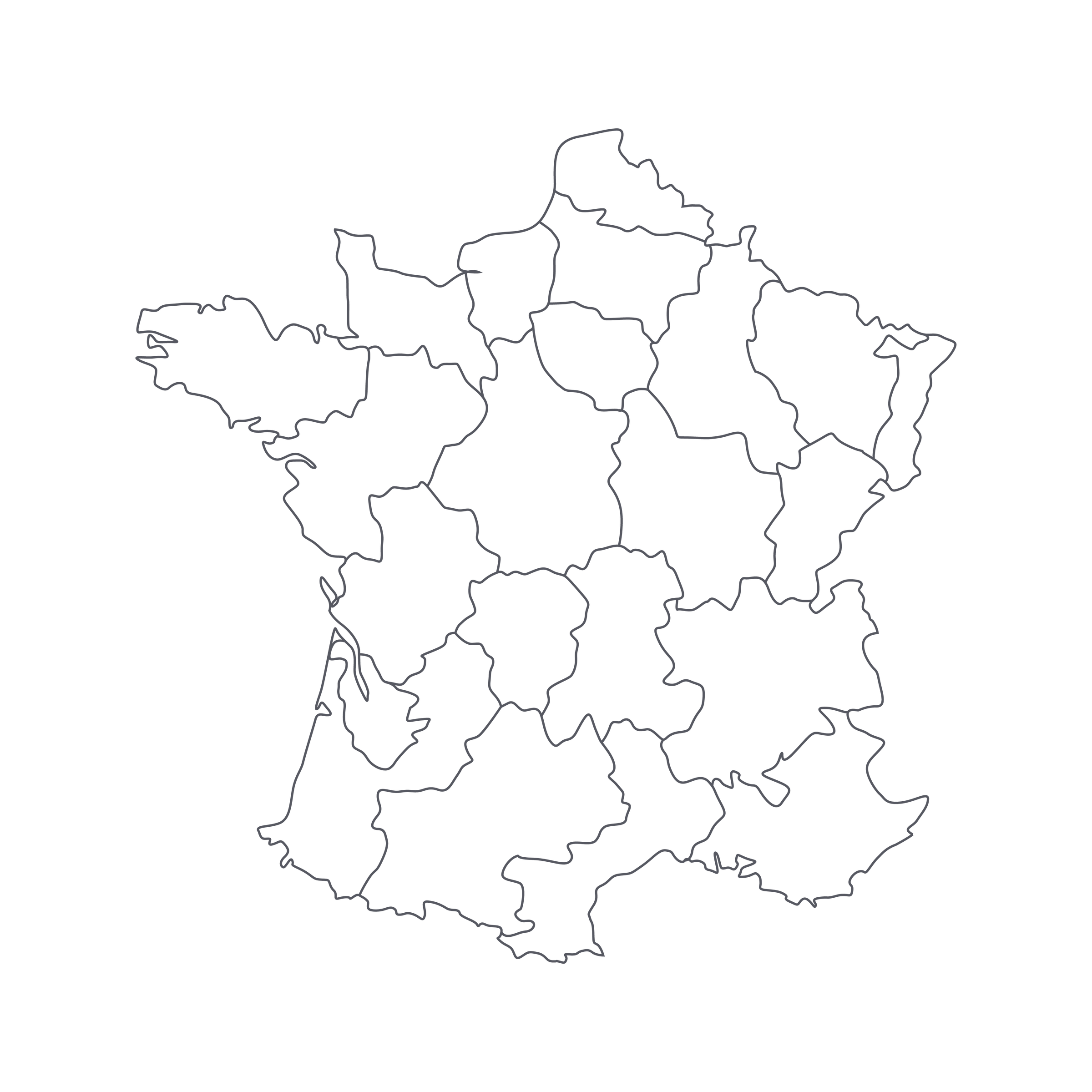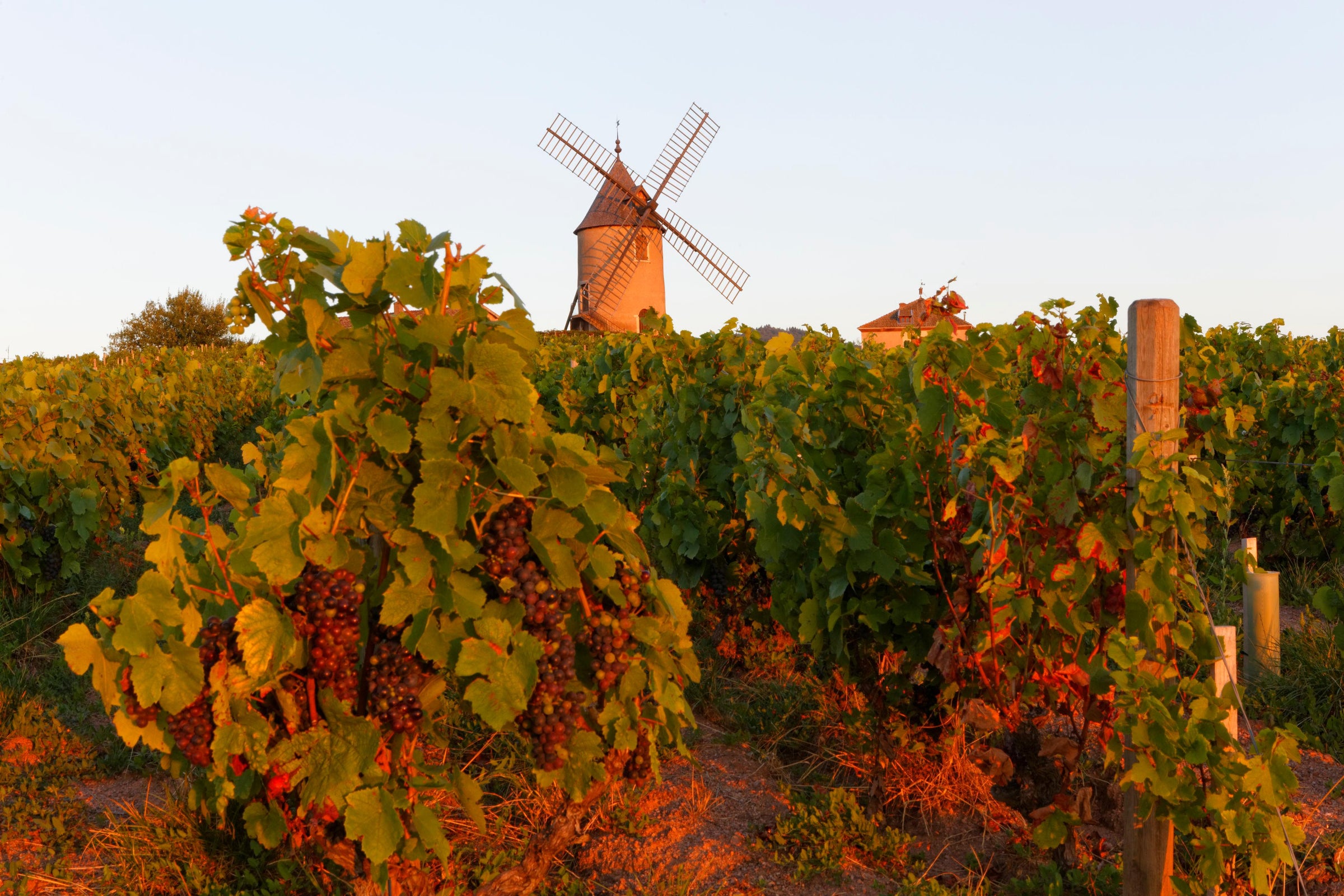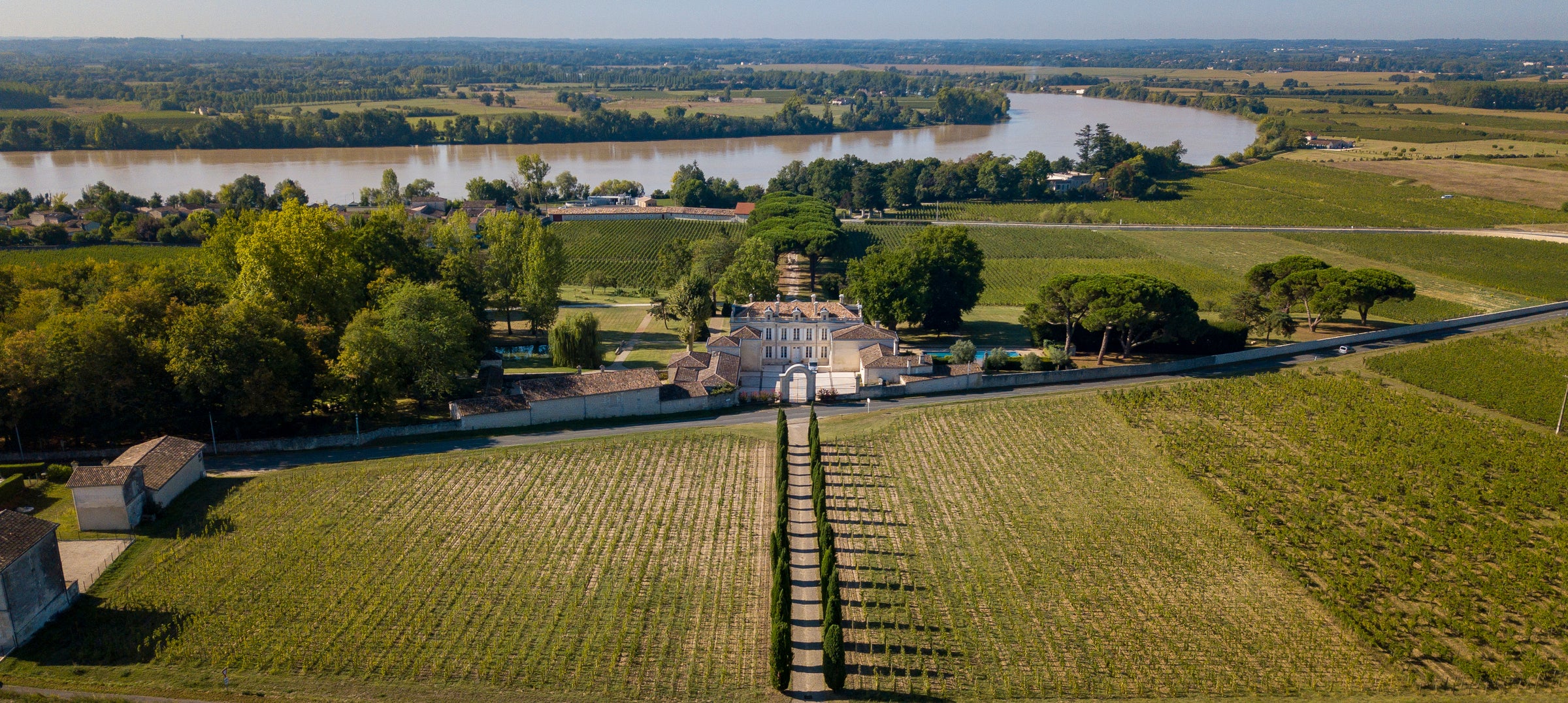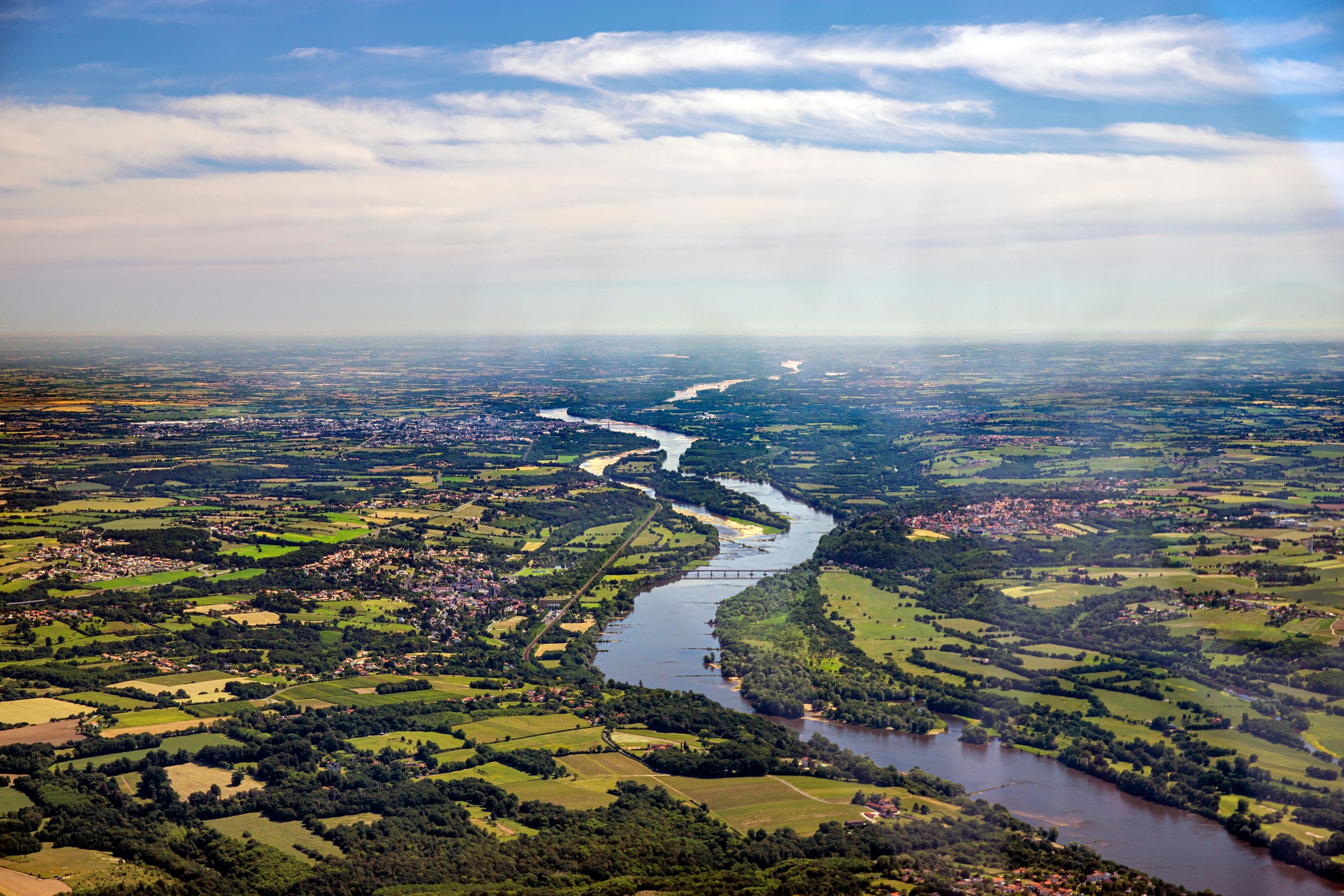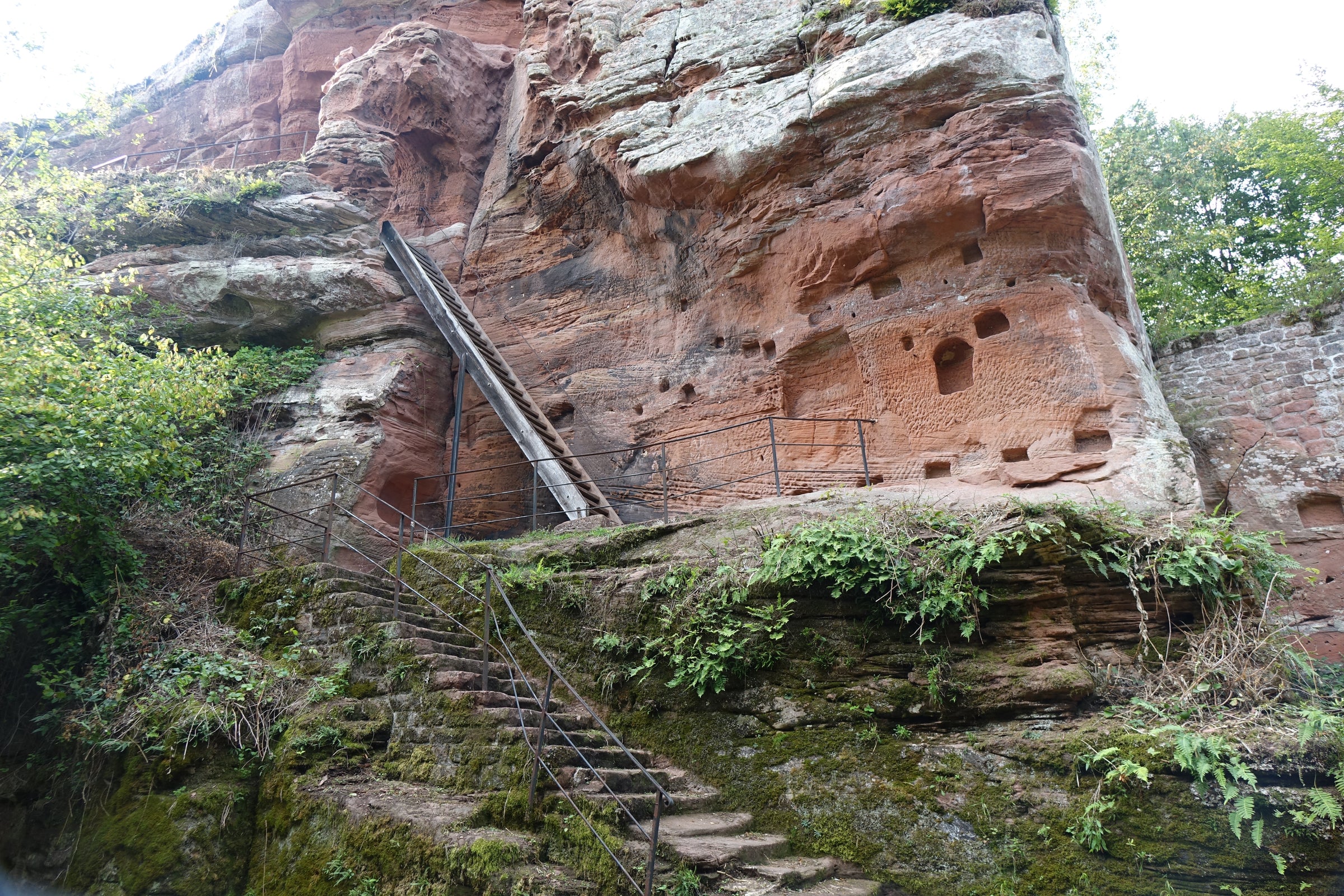Not all village-level Chablis is created equal, especially if the creator is fast-rising star Patrick Piuze, whose broad range of Chablis wines have become SommSelect staples. Typically, when you see a wine labeled simply as ‘Chablis,’ you’re getting wine sourced from an assortment of a producer’s vineyards within the Chablis AOC zone. Those vineyard sites are often far-flung, with different aspects, elevations, and other nuances, but because they’re not classified with a Premier or Grand Cru designation, they don’t always get mentioned on the label.
A typical “village” wine is deliberately designed as a broader representation of the Chablis growing zone, but Patrick Piuze is all about site-specificity at each rung of the Chablis quality ladder. As such, he bottles six different village wines from six different villages in his “Terroir” series. This wine hails from Fyé, a small town east of Chablis proper, from a vineyard across the road from the Grand Cru “Blanchots.” As Patrick is the ultimate ‘micro-négociant,’ we don’t typically get much of any one of his wines, because there isn’t typically much to get.
Piuze, a Montreal native, first came to Chablis prominence in the early 2000s. He worked for the legendary Jean-Marc Brocard domaine, among others, before going out on his own in 2008. He’s known for his gregarious personality, which has served him well in cultivating relationships with the myriad growers he sources fruit from. He makes a lot of wine, or rather, he releases so many different terroir-specific bottlings it’s hard to keep track. He is as obsessive about his village-level wines (this wine is evidence of that) as his Premier and Grand Crus. All of the fruit for Piuze’s range is sustainably farmed and hand-harvested, and his Premier and Grand Cru wines are fermented and aged in used oak barrels (whereas many Chablis houses prefer to ferment in stainless steel). His wines display uncommon depth and texture without losing their sense of place, and anyone who’s been subscriber for a while knows of our abiding love of his entire range.
“Terroir de Fyé” comes from a 2.5-hectare vineyard which sits opposite the “Blanchots” Grand Cru, along the road that runs up to the village of Fyé. Unlike “Blanchots”—which is an outlier on Chablis’ Grand Cru slope because it faces southeast rather than southwest—this vineyard has a westerly orientation, sitting downslope from the Montée de Tonnere Premier Cru (see the attached map if you’d like to do a quick geek-out). Piuze-watchers characterize “Terroir de Fyé” as the most structured of his village-designated Chablis; it was fermented and aged only in tank, and its purity of fruit and soil expression shines through in every sip.
Both because it’s from the warm 2015 vintage and from Piuze, the 2015 “Terroir de Fyé” is a village Chablis with an extra gear. A pale straw-gold in the glass with green highlights at the rim, it is floral and forward on the nose, with notes of white peach skin, lime blossoms, salted lemon, acacia blossom, yellow and green apple, white button mushroom, nori and loads of oyster shells. It is quite powerful and focused, well-concentrated on the mid-palate and aromatic on the finish. It definitely feels like Premier Cru at a minimum, and should age accordingly: you can lay this wine down for a decade-plus and enjoy its graceful evolution at a few points along the way. If you’re enjoying a bottle now—which is highly probable with a generous vintage like ‘15—decant it 30-45 minutes before serving in large Burgundy stems. As always, I advocate for a warmer serving temperature, about 55-60 degrees, to allow the wine’s texture and aromatics to fully blossom. And, having just had this very combination just a few days ago, I’m circling back to my Chablis-and-tartare pairing—only this time I went with tuna instead of beef. But either will do just fine, trust me—please give it a shot!


